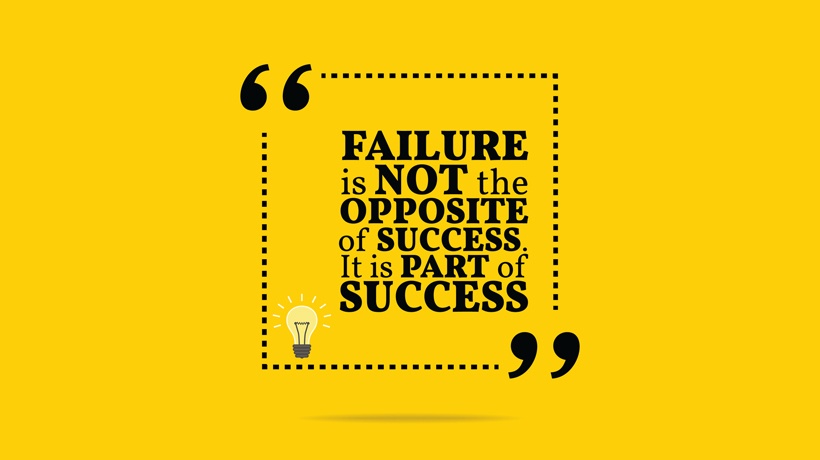March 23, 2016
Instructional Designers: May The Force Multiplier Be With You (Part 2)
There are two styles by which an enterprise can be managed, and two very different views of these styles by the participants: Top down and bottom up. Most enterprises are probably governed in a blend of these two styles, but it makes sense to understand the characteristics of both. In this article we will also examine which management style you need to implement in your team in order for it to become a kind of a force multiplier.
by Alex Terego











